By Ena Taguiam, Project Manager
When the pandemic broke in early 2020, it changed the way people work. We were forced by the situation to rely on the internet as most organizations and businesses shift to remote work set up.

Photo by EKATERINA BOLOVTSOVA from Pexels
In the nonprofit sector, this change was particularly rough, with it being heavily reliant on on-the-ground communications and field operations. But like all else, we learn to adjust with the times. Thus, NGOs have begun adapting to this change, without compromising impact.
E-learning is one such technology that has started making the rounds in the nonprofit sector, even before the pandemic. The pandemic has highlighted further the importance of e learning in organizations. But how can organizations, particularly in the nonprofit sector, utilize e-learning to their advantage?
Here are three ways the social sector can innovate using this technology:
- Human Resource Development and Technical Training
Employee trainings and human resource development are common to organizations. Trainings like these are pivotal in employee growth. When done right, these help employees hone their skills and gain new ones, that in the long run, will benefit the organization even more. Although typically done face-to-face, one disadvantage of face-to-face trainings is that they are costly and time-consuming.
That is probably why this is the most widely used purpose of e-learning.There are many benefits to using e-learning for employee training and development. For one, it’s cost-effective. More importantly, employees can easily access these trainings anytime and anywhere – as long as they have a laptop, smartphone, or tablet.
- Communications and Advocacy
Communication and advocacy campaigns are essential for non-profit organizations. Advocacies are designed to encourage people and pressure policy-making bodies into changing oppressive systems for the better.
Effectively communicating advocacies with this much impact is then very important. One such way in communicating advocacy messages is through e-learning. It can be an effective way to comprehensively communicate and inform stakeholders about the organization’s campaigns – the issue they want to address, the actions stakeholders need to take, and why it is important to support this cause. Adding learning reinforcements like slide interactivity, animation, and videos ensure a richer learning experience for users.
- Volunteer retention
Volunteer retention is just as important as getting volunteers to work with the organization. While the latter poses challenges of its own, the former is a whole other challenge in itself. One important strategy in getting volunteers to keep on volunteering is to continuously offer opportunities for enrichment of experience.
When an organization offers additional learning avenues for volunteers, the likelihood of volunteering again increases. E-learning can be an important resource in reminding them of the goals of the organization and also instilling in them a certain outlook at life. It can also help them develop certain skills and competencies that the organization may later on find useful. This can be done by implementing training sessions that help them reflect not only on the social impact of nonprofit organizations, but also the change they’re capable of as individuals.
E-Learning’s role in the nonprofit sector What is e-learning’s role in the nonprofits? How does it help in transforming communities? Here at ASSIST Creativelab, we believe that, ultimately, the role of e-learning in nonprofits is to empower its stakeholders. Its primary role is making sure that the people behind the organization – from the employees to its advocates and volunteers – are given the right tools. When the stakeholders are empowered and capacitated, they can do more than just help the organization – they can help create wanted change.






